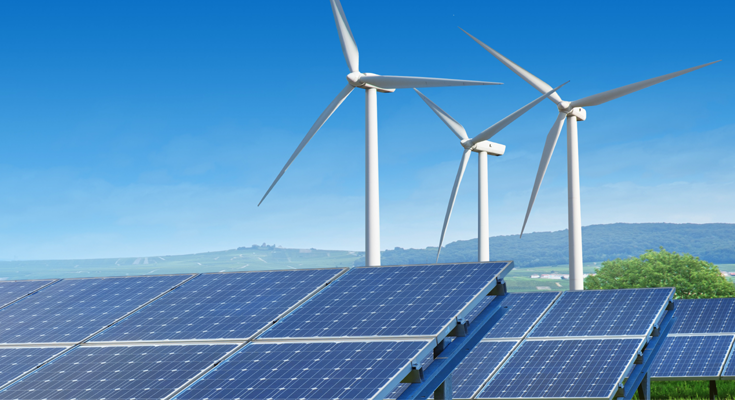New Delhi: India has overtaken Germany to become the world’s third-largest producer of electricity from wind and solar sources, marking a major milestone in its clean energy journey, according to the 2024 edition of Ember’s Global Electricity Review released on Tuesday.
The report by global energy think tank Ember reveals that wind and solar energy accounted for 10% of India’s total electricity generation last year. This puts India behind only China and the United States in renewable power generation, underlining its rapid progress in the global transition to clean energy.
The achievement comes amid a broader global trend: low-carbon energy sources — including renewables and nuclear — contributed a record 40.9% of the world’s electricity in 2024, crossing the 40% threshold for the first time since the 1940s.
In India, clean energy made up 22% of the country’s power mix last year, with hydropower contributing 8% and solar and wind together accounting for 10%. Notably, solar energy alone supplied 7% of India’s electricity—doubling its share in just three years.
India added a record 24 gigawatts (GW) of solar capacity in 2024, more than double the addition in the previous year, solidifying its position as the world’s third-largest solar market after China and the US. In terms of generation, India added 20 terawatt hours (TWh) of solar power—the fourth-highest increase globally.
Globally, renewables added a record 858 TWh to electricity generation in 2024, a 49% jump from the previous peak in 2022. Solar power led the charge, contributing 474 TWh and retaining its position as the fastest-growing power source for the 20th consecutive year.
“Solar power has become the engine of the global energy transition,” said Phil MacDonald, Managing Director at Ember. “Paired with battery storage, solar is set to be an unstoppable force in meeting the world’s growing electricity needs.”
The review includes electricity data from 88 countries, accounting for 93% of global demand, as well as historical data covering 215 nations.
Aditya Lolla, Ember’s Asia Programme Director, emphasized the momentum behind Asia’s clean energy shift, highlighting the need for a strong renewables market to ensure energy security, economic resilience, and long-term sustainability across the region.
While applauding India’s progress, Neshwin Rodrigues, Senior Energy Analyst at Ember, cautioned that significantly scaling up clean energy generation will be essential to meet India’s rising electricity demand.
International climate leaders have also taken note. UN Climate Chief Simon Stiell recently hailed India as a “solar superpower,” saying the country’s embrace of clean energy is key to accelerating its economic growth.
Under its Nationally Determined Contributions (NDCs) submitted to the UNFCCC, India aims to achieve 50% of its installed electricity capacity from non-fossil fuel sources by 2030.




